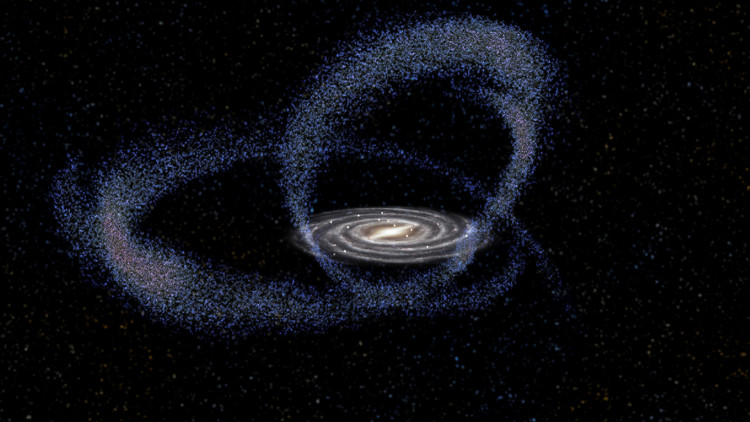Scientists researching early galaxies were taken aback earlier this year when they uncovered six enormous galaxies that appeared to have died during the universe's most active phase of star formation.
These strange galaxies were discovered by NASA's Hubble Space Telescope and the Atacama Large Millimeter/submillimeter Array (ALMA) in northern Chile while peering back billions of years to the pinnacle of star birth in the universe.
They seemed to have run out of the cold hydrogen gas needed to form stars, despite the fact that most other galaxies were rapidly producing new stars.
In a press release, Kate Whitaker, the lead author of a study on the six galaxies, stated that at this moment in time in the universe, all galaxies should be creating a large number of stars - the peak epoch of star formation.
So, what happened to all the frigid gas in these galaxies so early in their evolution?
The galaxies are effectively lifeless without the cold hydrogen gas required to ignite stars and produce new ones. Even if they have absorbed surrounding smaller galaxies and gas clouds, they are unable to renew. Whitaker said the act of absorbing just "puffs up" the dead galaxies.
These six galaxies had a rapid and frenetic existence, forming their stars in a relatively short period of time. It's still a mystery why they stopped star formation so soon.
"Did a supermassive black hole in the galaxy's center turn on and heat up all the gas?" Whitaker proposed. "If so, the gas could still be there, but now it's hot. Or it could have been expelled and now it's being prevented from accreting back onto the galaxy. Or did the galaxy just use it all up, and the supply is cut off?"
The REQUIEM program, which stands for Resolving QUIEscent Magnified Galaxies At High Redshift, was used to analyze these early, distant, dead galaxies. (Redshift occurs when light is stretched by space expansion and seems to be shifted toward the red end of the spectrum.) The redder a galaxy appears as it gets further away from the viewer.)
As natural telescopes, the REQUIEM team uses extraordinarily huge foreground galaxy clusters. The massive gravity of a galaxy cluster bends and magnifies light from nearby objects, warping space.
When an early, huge, and far-away galaxy is positioned behind a cluster like this, it appears stretched and magnified, allowing astronomers to study characteristics that would otherwise be impossible to discern. This phenomenon is known as "strong gravitational lensing."
This study is a great example of Hubble and ALMA observations working together. Hubble determined the locations of stars in galaxies, revealing how they formed in the past.
ALMA showed scientists where stars could form in the future if enough fuel was present by detecting cold dust, which acts as a proxy for cold hydrogen gas.





